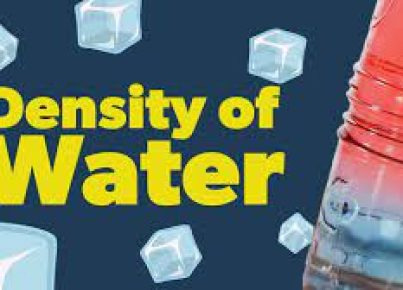Science is not only a key to understanding the world around us but can also be an endless source of fun and discovery, especially for children. Conducting simple experiments at home is a fantastic way to cultivate a child’s curiosity and teach them valuable scientific concepts. Parents and educators alike will find that the following easy at-home science experiments are perfect for engaging young minds.
1. Rainbow in a Glass:
Materials: Sugar, water, food coloring, and a transparent glass.
Procedure:
– Dissolve increasing amounts of sugar in four separate cups of water (e.g., 1 teaspoon in the first, 2 teaspoons in the second, and so on).
– Add a different color of food coloring to each cup.
– Carefully layer the sugar solutions into the glass, starting with the highest sugar concentration at the bottom.
The result is a liquid rainbow that teaches density and solubility.
2. Invisible Ink:
Materials: Lemon juice, cotton swabs, white paper, a light bulb or iron.
Procedure:
– Dip the cotton swab in lemon juice and write a message on the paper.
– Allow it to dry completely; your message should disappear.
– Heat the paper by holding it close to a light bulb or lightly ironing it to reveal your hidden message.
This experiment introduces kids to acidic reactions and how heat can change substances.
3. Homemade Volcano:
Materials: Baking soda, vinegar, dish soap, food coloring (optional), container or bottle.
Procedure:
– Fill the container a quarter full with baking soda.
– Mix vinegar with a few drops of dish soap and food coloring if desired.
– Pour the vinegar mixture over the baking soda.
The resulting eruption teaches kids about chemical reactions between acids and bases.
4. Magnetic Slime:
Materials: Iron oxide powder, liquid starch, white school glue, neodymium magnet (strong magnet).
Procedure:
– Mix 1/4 cup of liquid starch with 2 tablespoons of iron oxide powder.
– Integrate this mixture with 1/4 cup of glue until fully combined to form slime.
– Use the magnet to show how the slime can move or respond to magnetic fields.
This gooey experiment helps children learn about magnetism and materials science.
5. Walking Water:
Materials: Paper towels, glasses, water, food coloring.
Procedure:
– Fill every other glass with water and add different colors of food coloring to each.
– Place empty glasses between those filled with colored water.
– Connect the glasses by placing folded paper towels bridging from one glass to another.
Over time, kids can observe capillary action as water “walks” along the paper towels from one glass to another mixing colors.
These at-home science experiments are not just fun; they also impart scientific principles in memorable ways. Try these activities with your kids and nurture their scientist spirits!





